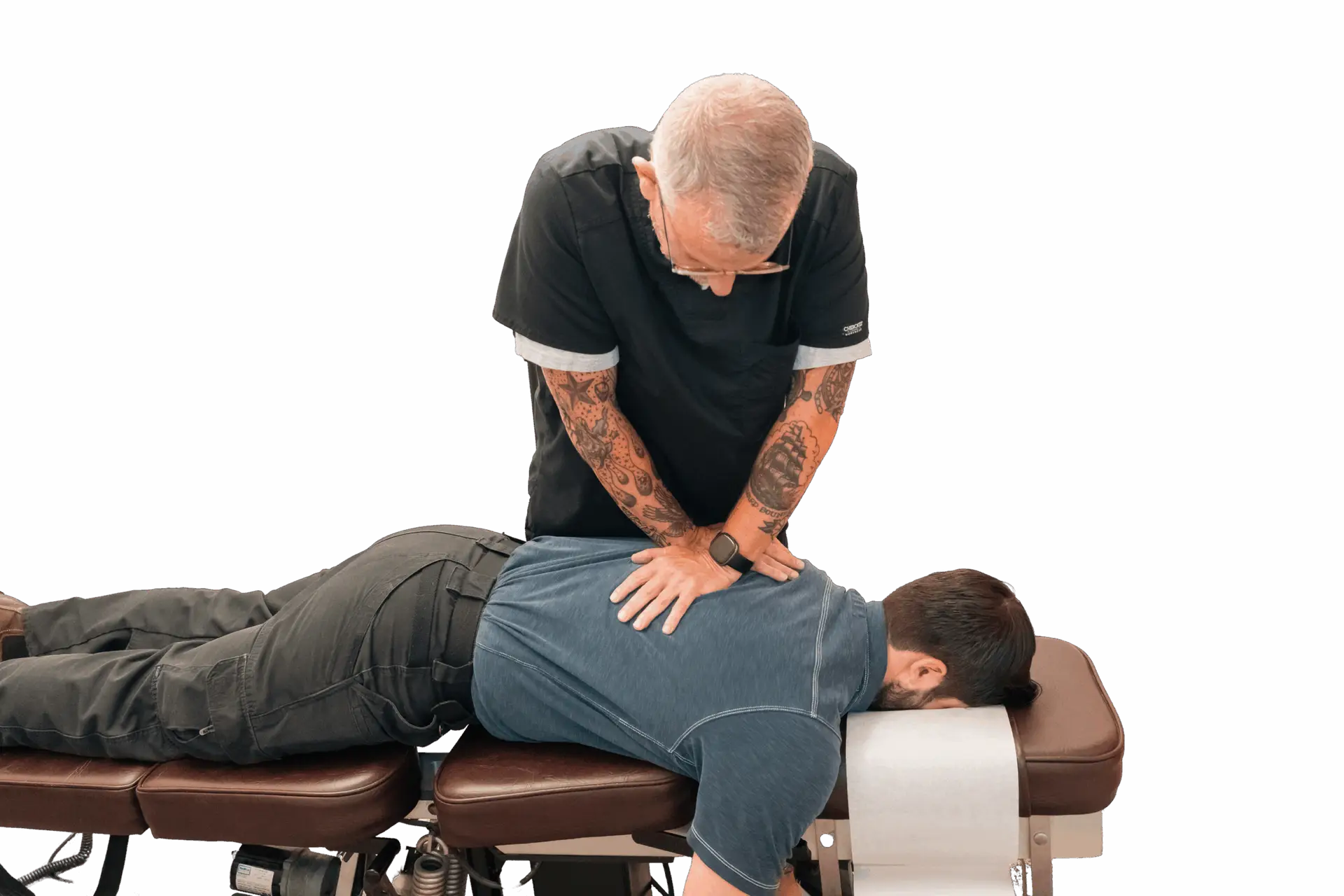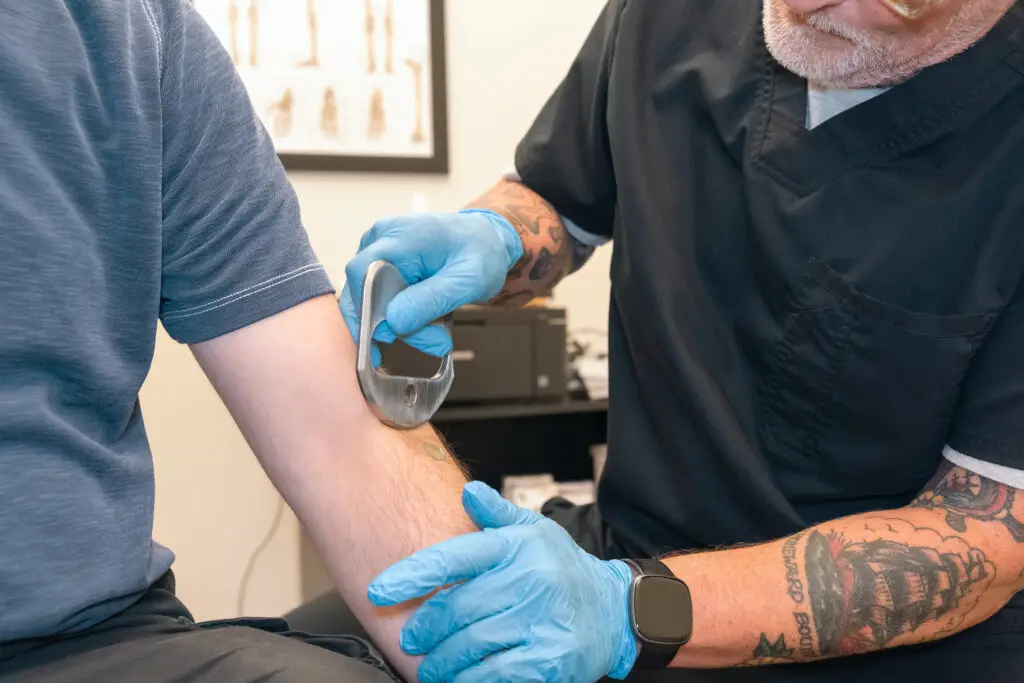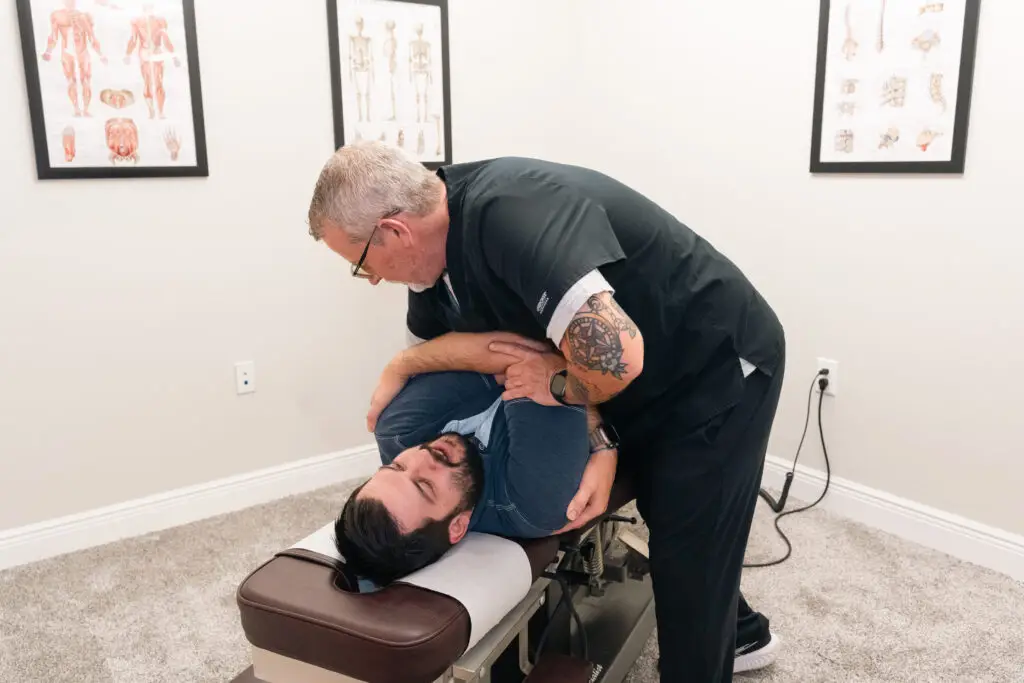Chiropractic treatment for car accident injuries focuses on restoring proper spinal alignment, reducing inflammation, and alleviating pain caused by trauma such as whiplash or soft tissue damage. Through personalized care plans involving spinal adjustments, therapeutic exercises, and soft tissue therapies, chiropractors support long-term recovery and improved mobility.





